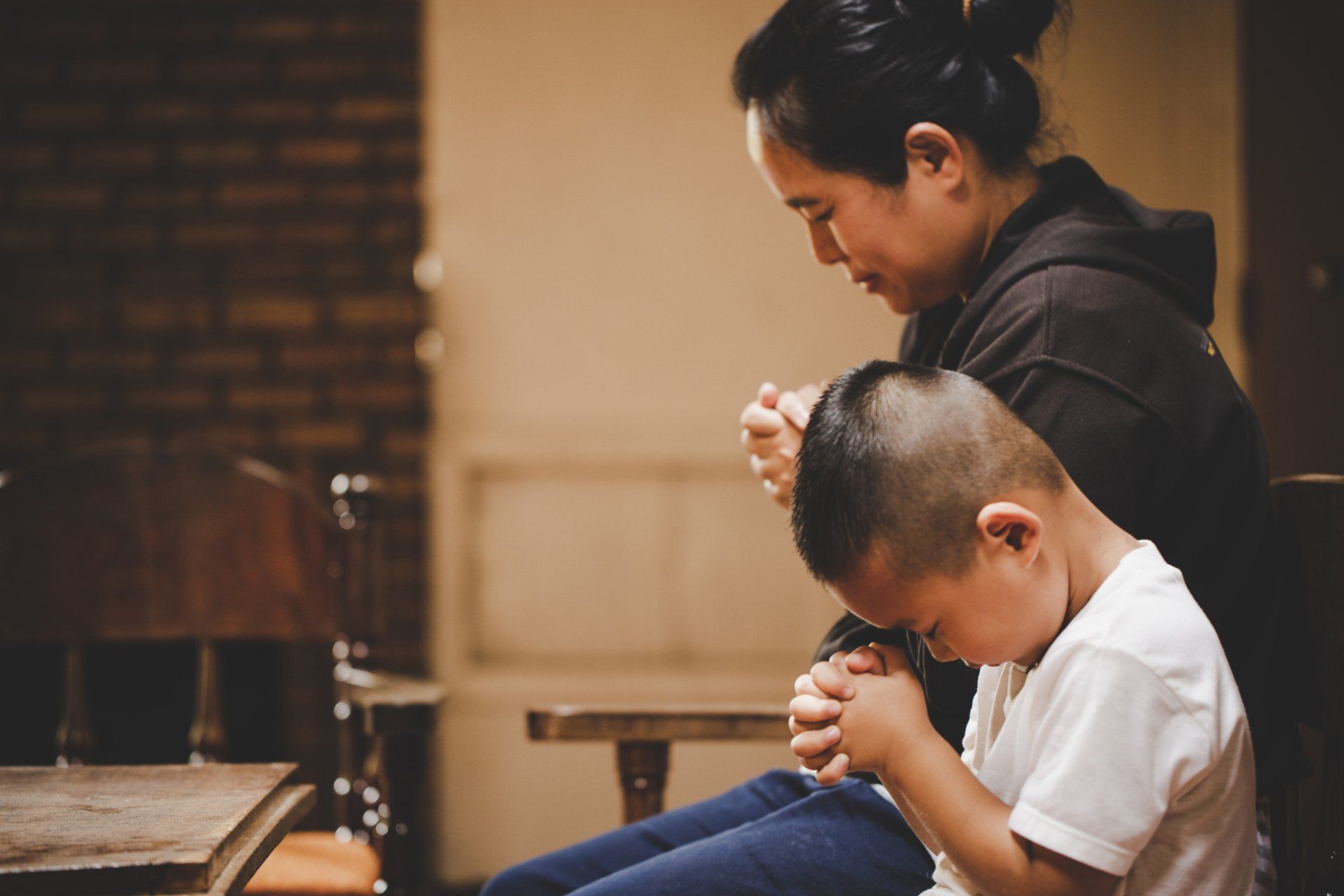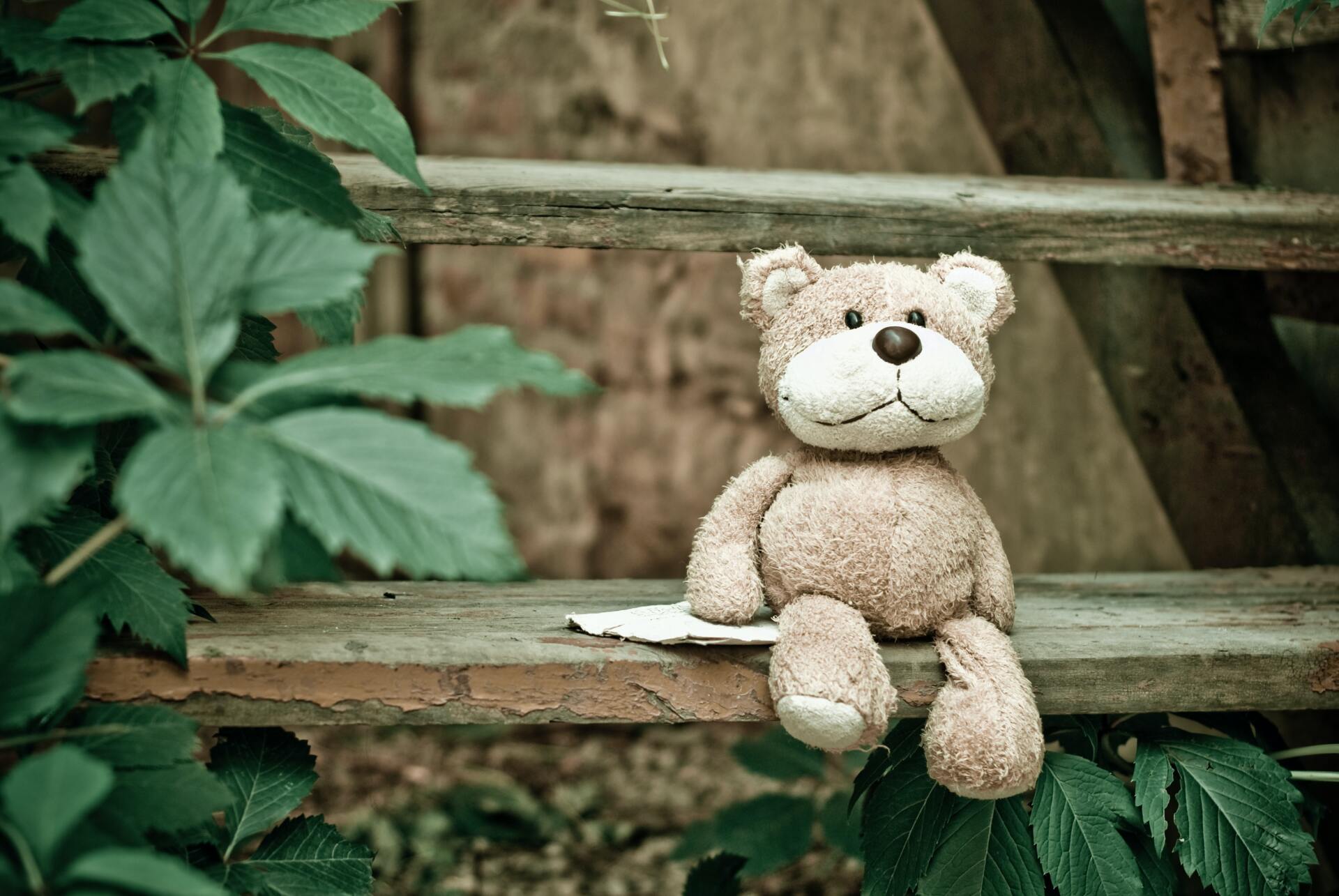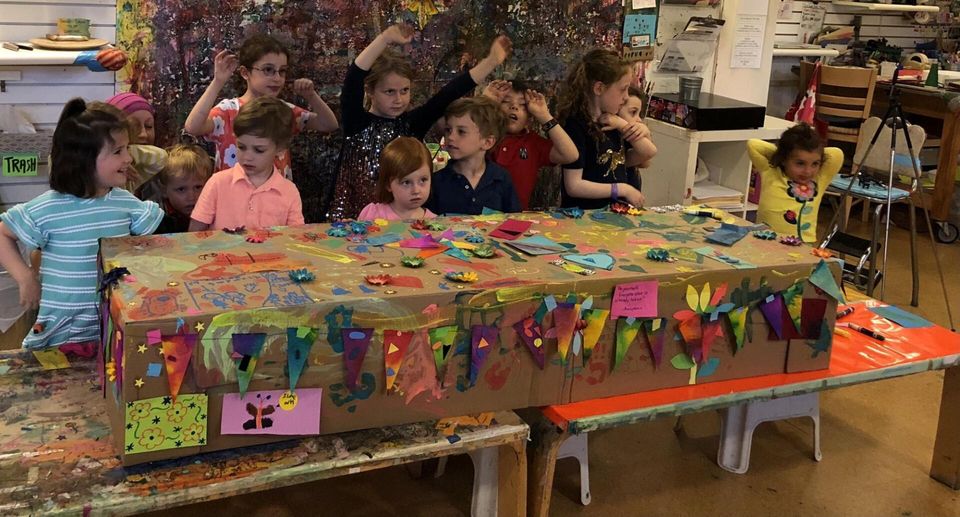Death Wishes
Getting Creative with My Funeral Plans.
Back in October, when I was buried alive in death and dying research (and before my own diagnosis with cancer), I happened upon an article written by a woman in the UK who asked her grandchildren to decorate her husband’s coffin. Yes, you read that correctly. Her beloved husband of decades passed away and right smack in the middle of her grief, she went to the store, purchased a simple pine casket, paint, and brushes and plopped it all in her front yard for her young grandkids to go to town in remembrance of their grandfather. Then she buried him in it.
How insane. I was totally enchanted.
I really can’t do the article justice (so I am linking it below). Let me just say that this idea spoke to my soul. It was a revelation. I discovered this piece at just the right time: after I had spent many months—no, years—trying to understand how to best help children cope with loss. Any earlier and I’d be tempted to reflexively reject this outright, perhaps as you might be tempted to do at this very moment. I can only assume that most people don’t immediately like the idea or they themselves would want the same for their loved ones and we’d all be buried in a symphony of rainbow colors and rudimentary stick figures. But what happens if you pause for a moment and allow yourself to be curious? For me, the space between turned shock and incredulity into awe, and ultimately, determination; I must make this happen for me, too.
How irreverent! How celebratory! What a perfect way to engage the children on their level! In one fell swoop, this absurd invitation accomplished many of the things I had come to understand as central to helping kids cope: an ingenious mix of art therapy and playfulness wrapped up with a meaningful way a child can contribute to a ceremony that validates their loss. This man was buried in deeply personal, colorful style. Who wouldn’t want to go out like that?
With American aversion to death (facing it, talking about it, planning for it), I have often wondered what we are so afraid of. Other countries don’t seem so uncomfortable. Let’s explore the UK for exemplary attitudes toward death. From the comfort of your armchair, you can seamlessly order personalized, outlandish, and even do-it-yourself caskets online. Looking for a social night out? Consider eschewing your knitting circle and instead join your local decorate-your-own-coffin group. These people are not afraid. I don’t want to be afraid anymore, either.
When I began to seriously explore the idea of sourcing and selling kits for young kids to participate in casket decorating, I wondered if maybe I’d taken it a bit too far. People will think I have lost my mind. Why am I so morbid? But let’s pause for a moment and become curious. Morbid is defined as “an abnormal and unhealthy interest in disturbing or unpleasant subjects.” First of all, we are all going to die, so to be interested in how one’s own death is handled does not seem any more abnormal than considering puberty. And while death (like puberty) is unpleasant, the idea of intentionally engaging in how we celebrate and remember a life seems the very antithesis of morbid.
Speaking of morbid, I have been walking in the cemetery by my house in an effort to metabolize the havoc-wreaking chemotherapy I receive each week. The cemetery happens to be one of the most beautiful, peaceful, and calm places around. Since my cancer has made me feel more fragile, more intense, closer to the edge, the cemetery seems to match and mirror my current state. I have come to feel very comfortable here. I am not alone.
Home to over 700 species of trees, this cemetery has been beckoning solace-seekers, dead people, birders, and tourists alike since its opening in 1831. When I’ve been strolling the grounds lately, however, it’s the size of the tombstones, not the trees, that has captured my attention. Who erects these massive memorials? While some are gifted posthumously to recognize an individual’s outstanding life, many were purchased by the dead individuals themselves. One man spent $10,000—in 1834’s dollars!—importing a monument to himself and deeming that it be placed at the highest point in the cemetery when he kicked the bucket. What do you imagine he was thinking? “In two hundred years people will walk through this place and know that I was very rich and very important.” With all due respect, no thanks!
If the paint-it-yourself casket looked good before I was in touch with death, it looks even better now. I decided that for me, the UK’s approach to death is favorable to American avoidance. I decided to step out of my culture comfort zone and “give it a go.” I’m all in. I made an appointment with the grave salesman, Tom, at my beloved cemetery. It turns out his title “Manager of Family Services” belies the depth and breadth of this man’s knowledge of all things death. We talked for hours about every step of the process from the moments before the draw of last breath to “final disposition” (he’s also a master of death lexicon). I explored the various options, asked every taboo question and got straightforward answers. Tom was an unflinching teacher, and I was his grateful student. We ended our day together walking the grounds inspecting all my potential final resting places.
I walked out of the cemetery with a new lease on life (or death, really). I may not be terminally ill, but I do have a terminal condition, and so do you. It’s called life. I know how I want to go. I know what I need to do to make it happen. I understand the process: soup to nuts. I am giving a priceless gift to my family, and saving them money while I’m at it! I feel so empowered. This process has brought me closer to my mortality, and hence, the need to make my life count. I highly recommend you consider looking into your own death.
I’ll take a green cremation (courtesy of Keefe funeral homes), please, and bury my remains on plot #27 under the Honey Locust. Let my kids, or, by the grace of God, my grandkids draw and paint all over the cardboard lid of my specially selected green cremation box. Let them get sticky with finger paint and Elmer’s glue. Let them plaster my final resting box with pictures or feathers or sequins or whatever they fancy. Let them dress themselves however they’d like to send me off. Let them sing a song or say a prayer or cry or dance. And two hundred years from now people will walk by the place I was buried and see a beautiful tree. Dust to dust. Let that be my monument.





Follow Us
©2021 Keefe Funeral Home ⋄
Admin
Obittree Privacy Policy Terms of Use Sitemap ⋄ Powered by
FrontRunner Professional &
TA ⋄ Designed by
Don't Rest On Pretty


